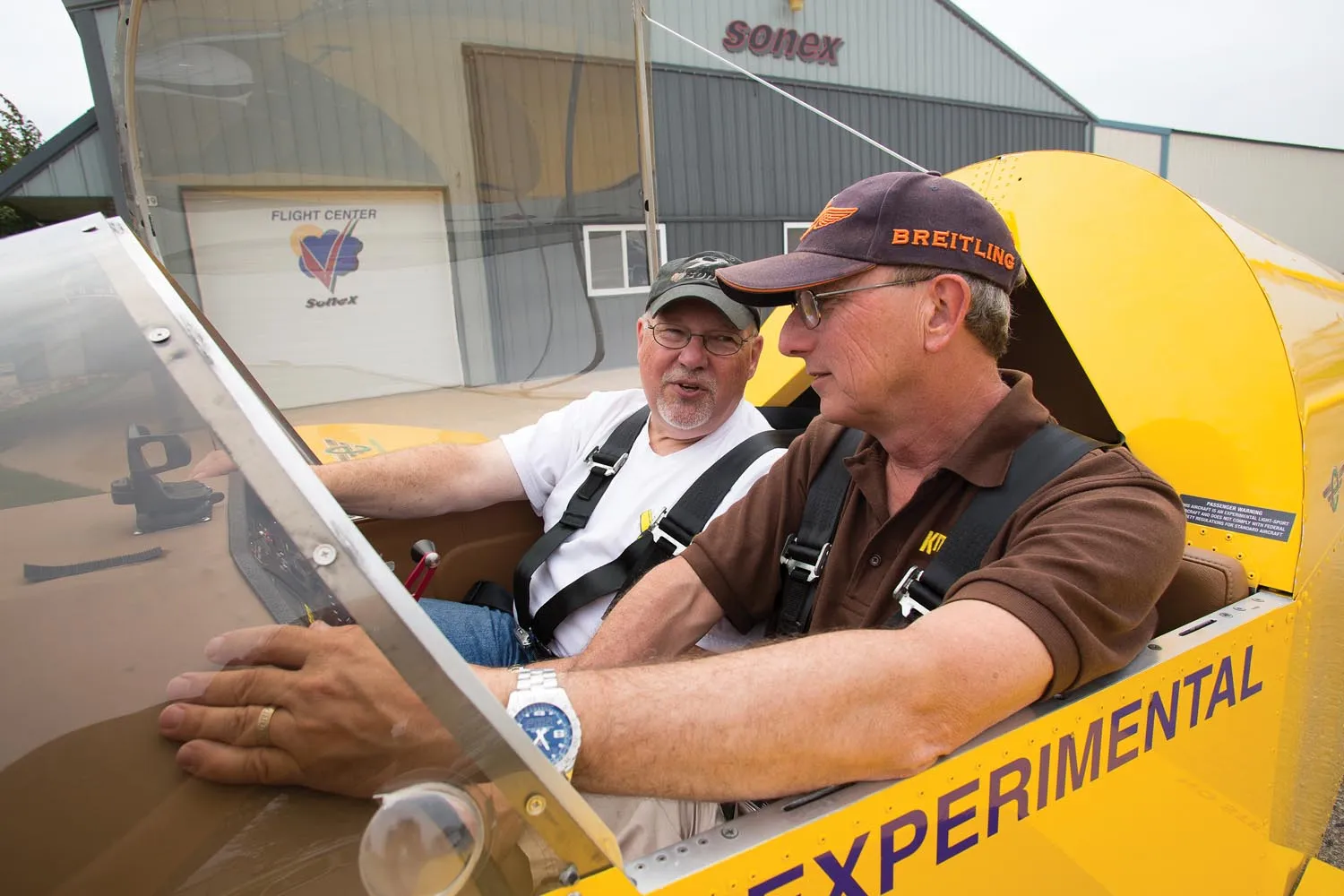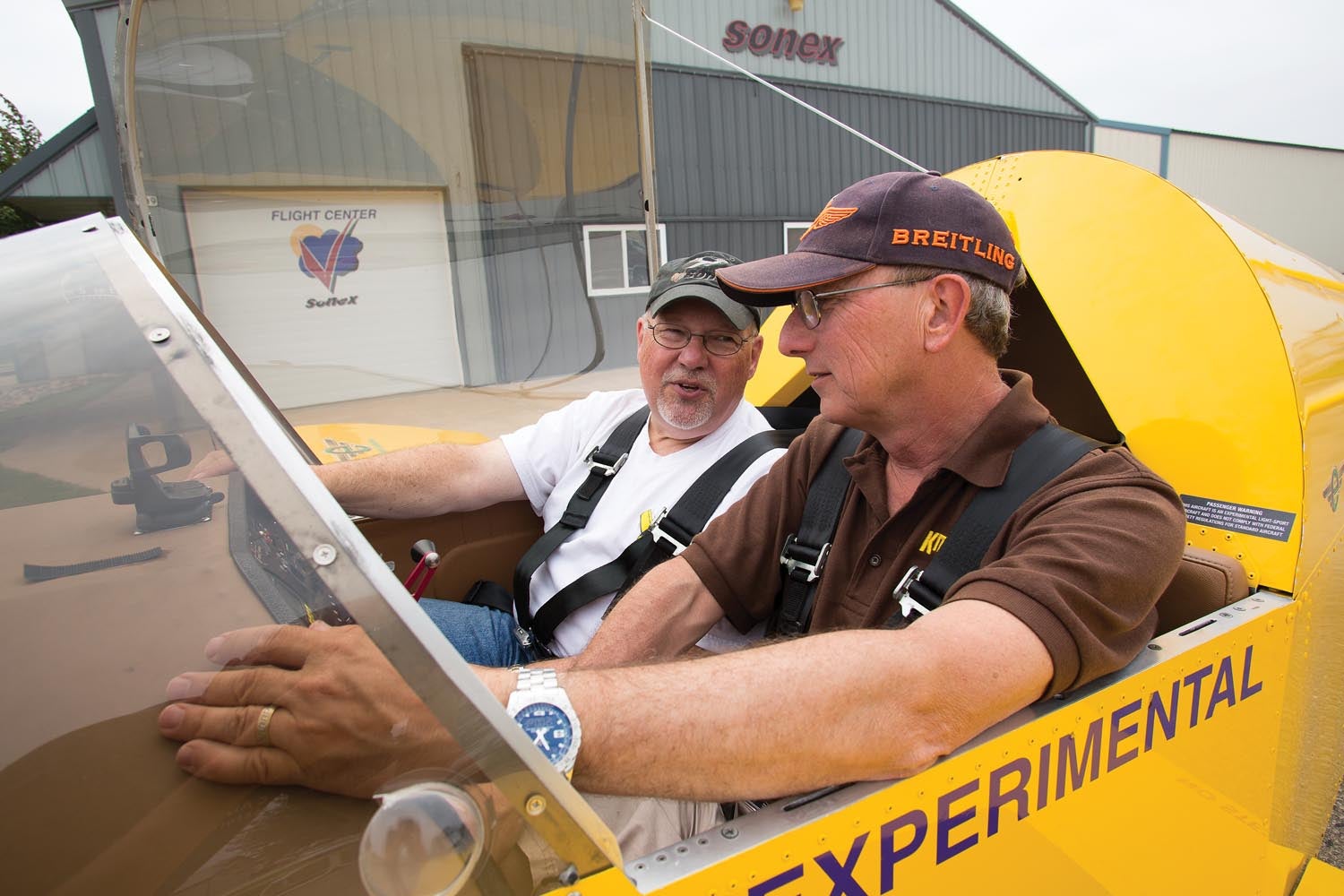
The FAA takes this explanation further in today’s ruling published in the Federal Register and to become effective December 2, 2024. “Previously, §§ 91.315, 91.319, and 91.325 generally prohibited flight training, checking, and testing when compensation is provided. In 2020, the FAA issued Warbird Adventures, Inc. an emergency cease and desist order restricting the operation of aircraft that held special airworthiness certificates carrying people for compensation or hire. The operator brought a petition for review of the emergency order before the court. On April 2, 2021, the court dismissed the petition for review of the cease and desist order. Following the court’s dismissal, several aviation industry groups sought clarification from the FAA on how the decision affected flight training in experimental aircraft since the prohibitory language of § 91.315 for limited category aircraft is the same as that in § 91.319 for experimental aircraft (notably, the same prohibitory language exists in § 91.325 for primary category aircraft). As a result of this court case, in the NPRM, the FAA proposed to clarify prohibitory language and to explicitly enable flight training, checking, and testing under certain conditions in aircraft holding special airworthiness certificates.”
That clarification is here. The new rules include a “self-implementing provision that amended the operating rules to permit certain flight training, testing, and checking in experimental aircraft without a letter of deviation authority (LODA). Likewise, section 814 of the FAA Reauthorization Act of 2024 (Pub. L. 118-63) directed that, under certain conditions, flight training, testing, and checking in limited, experimental, and primary category aircraft do not require a LODA from the FAA. The NPRM proposed to modify §§ 91.315, 91.319, and 91.325 to clarify prohibited operations, as well as direct stakeholders to a newly proposed regulation, § 91.326, that provided instruction on conducting certain operations for compensation or hire.” Incidentally, since the rules are not yet in force, you will not find a copy of FAR 91.325 online.
Finally, there is some cleanup work around ELSAs. “Lastly, on October 24, 2018, the FAA published an NPRM titled ‘Removal of the Date Restriction for Flight Training in Experimental Light Sport Aircraft.’ For the reasons provided in the document withdrawing the ‘Removal of the Date Restriction for Flight Training in Experimental Light Sport Aircraft’ NPRM, the FAA withdrew the NPRM and, instead, developed this rule to resolve the discrepancy more broadly for all experimental aircraft.” Meaning ELSAs are to be lumped in with other Experimentals in this category.



Thanks. So I sent Erin Cappel my request for modifying part 91 that all aircraft must fly above 1000 feet AGL over urban locations. I requested the addition: except for small eVTOLS with a width less than 14 feet (can depart or land at any urban location where space and land ownership allows). And this exception added to applicable light sport aircraft (LSA) rules.
I have been after the FAA since 2021 for this change; so far without success. Though this time I have mentioned the over 100 metro areas in the US with daily and evening traffic jams, some 24-7; that could be reduced by this rule change. If say, 20% of those commuters went to an eVTOL to commute to work, and back, reducing the traffic jams. Plus reducing pollution by not having autos idling in stop and go traffic; or much less of this. Seems like a no brainer. Except getting the FAA on board has been a chore; has not yet happened. Avoiding airports is front and center for this pilot; avoiding landing fees, the TSA, and who knows what else!
I’ve read that several times, but I still don’t understand what I read. I don’t think it’s your fault, but I don’t think it’s mine either.